Morrison said state and territory leaders have affirmed a four-phase plan to transition Australia’s national COVID-19 response from its current pre-vaccination settings—which focus on the suppression of community transmission—to post-vaccination settings that focus on the prevention of serious illness, hospitalisation, fatality, and the public health management of other infectious diseases.
This means that each step of the four-phase plan would be triggered when a percentage of the eligible population aged over 16 had been vaccinated against COVID-19, the disease caused by the CCP (Chinese Communist Party) virus.
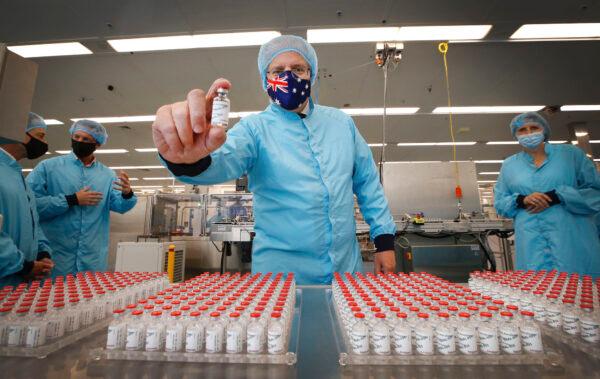
- Phase one: includes reaching a certain vaccination threshold after offering all Australians the chance to get the vaccine.
- Phase two: the post-vaccination phase is when the focus shifts from suppressing the virus to minimising serious illness, hospitalisation, and death.
- Phase three: the consolidation phase where health authorities manage COVID-19 consistent with other infectious diseases like the flu.
- Phase four: the full return to normal with no lockdowns or border closures, and quarantine only for unvaccinated travellers.
During phase three, the measures implemented by the government may include no lockdowns, vaccine booster program, exempting vaccinated people from all domestic restrictions, abolishing all caps on vaccinated international travellers arriving, increasing entry for visa holders, lifting all restrictions on outbound travels for vaccinated people, and extending travel bubbles to other countries.
The final phase, where the experts and leaders hope society will return completely to normal, may see measures that allow uncapped arrivals for vaccinated travellers without quarantine, and allowing uncapped numbers of unvaccinated arrivals subject to pre-flight testing with quarantine.
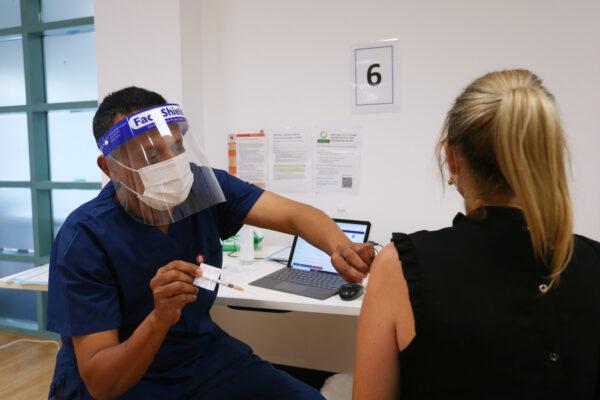
Morrison said Australia had reached a record eight million doses of vaccine administered, which was one million jabs in the eight days to July 2.
But Australia’s Chief Medical Officer Paul Kelly contradicted this statement, telling reporters at the same press conference that the Delta variant was “not more severe.”
“The Delta strain is difficult. It’s difficult to control. It’s the latest of a range of strains that we’ve heard about. Those so-called variants of concern,” Kelly said.
He said Australia needed to learn how to live with the new strains, learn about them, and modify the approaches to them.
“I think crucially we know from this particular variant of concern it is definitely more transmissible. It can move from person to person more easily than previous strains,” he said.
But he added, “It is not more severe.”
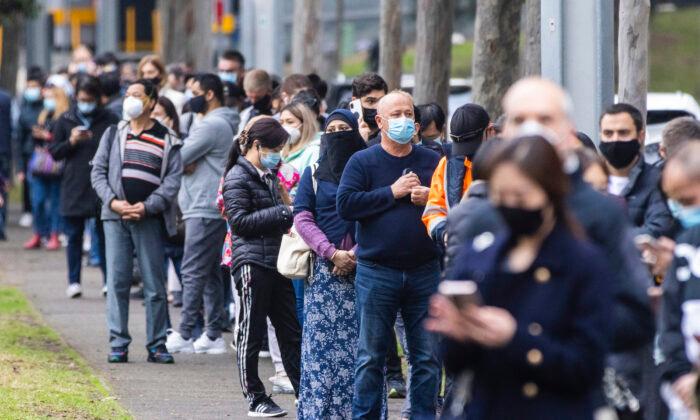

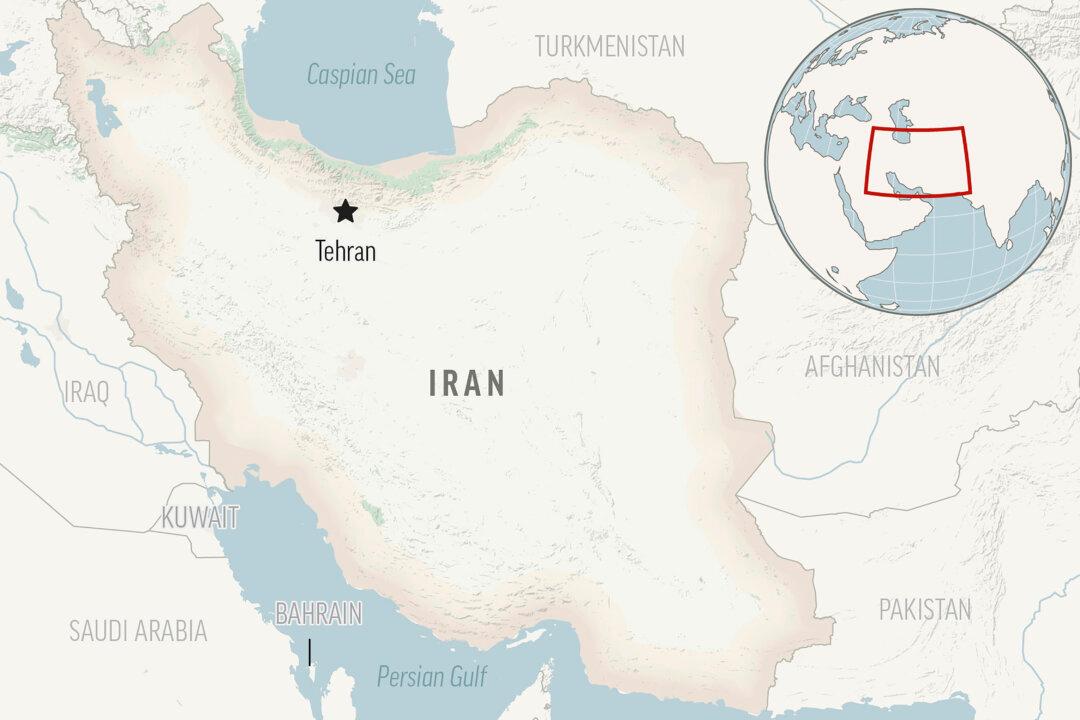
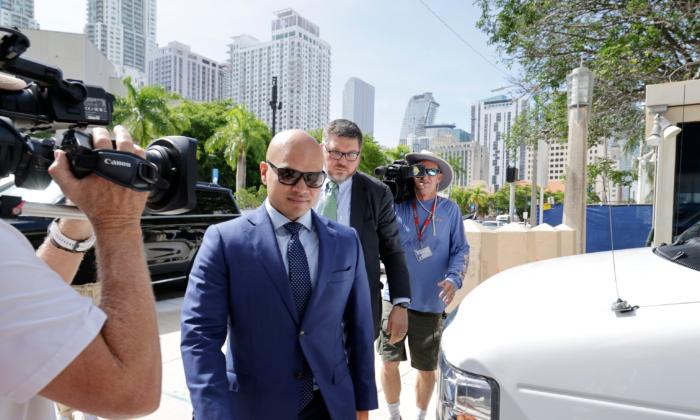
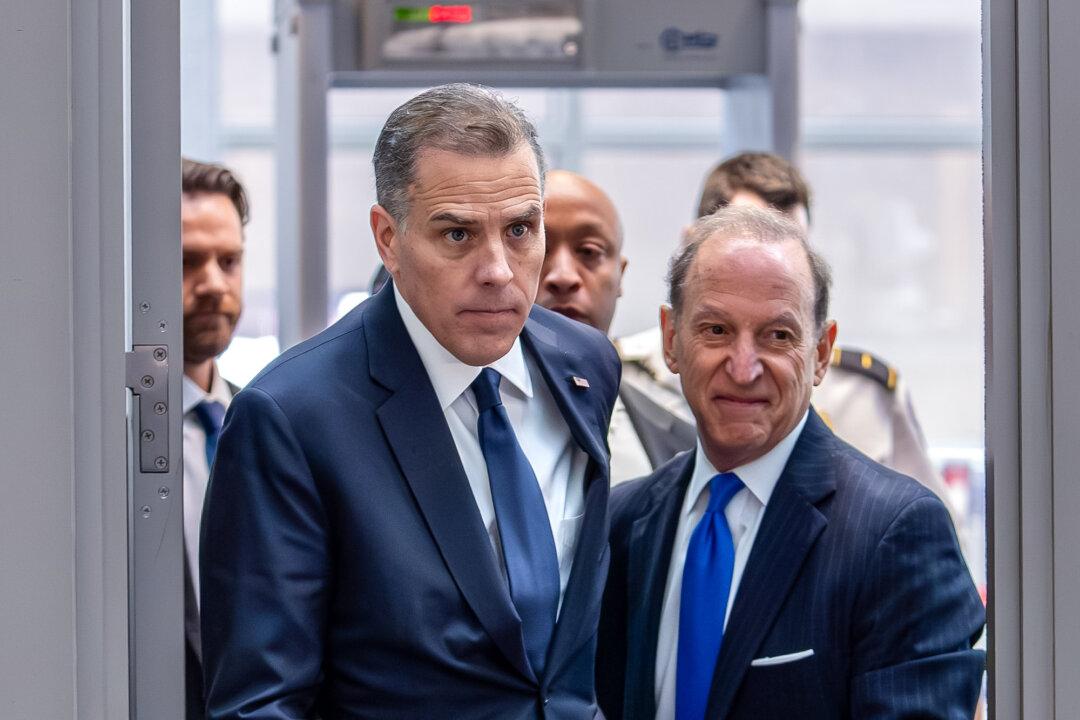

Friends Read Free